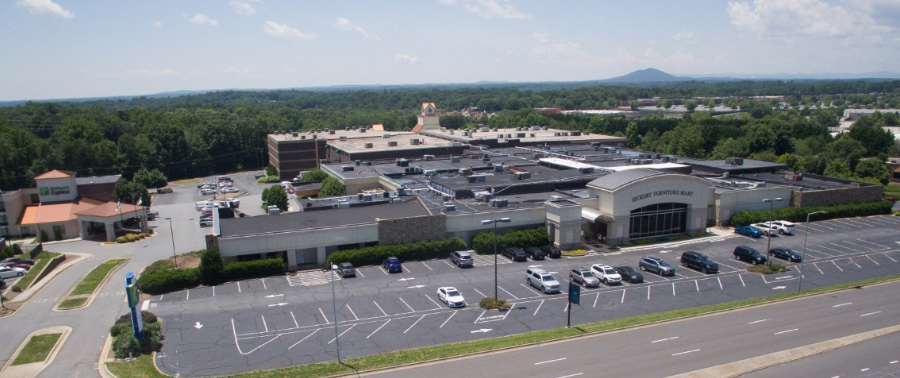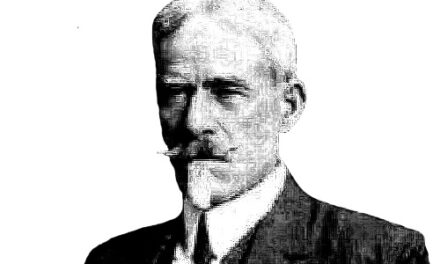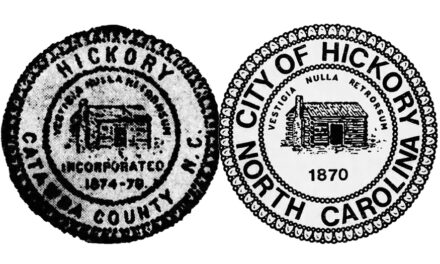
Nobody in Hickory wanted to admit it, but the unofficial capital of the western North Carolina Furniture Market always played second fiddle to High Point as a destination for retailers coming to the Tarheel state to buy furniture for their stores every April and October.
High Point started its first furniture show back in 1921 and it took about thirty years before western companies began to tire of lugging their lines down east for each show. As explained last week, those operations looked for ways to exhibit their furniture closer to home. For the next thirty years, the two cities competed, each calling themselves the “Furniture Capital of the South.” Actually, when High Point started its show, the established expo for buyers was in Chicago where manufacturers displayed each January and July. High Point, as an alternative, began to take over as North Carolina became the top manufacturing state early in the 20th century.

Hickory Furniture Mart, 1972
So when Hickory challenged High Point, it was David flinging a rock at Goliath. At its high point only about 20-30% of market sales occurred in Hickory. But still, businesses in Catawba, Burke, and Caldwell benefitted handsomely from the influx, no matter what the percentage.
How it generally worked was buyers flew into the Triad at Greensboro, rented a car and visited both cities. Unfortunately, those who came to Hickory first, saw something they liked but did not buy until they had seen everything, were reluctant to drive all the way back from High Point if they could find a comparable design there. It took sales away from those showing only in and around Hickory.
About 1982, the tide began to turn. Bernhardt realized they were losing money by staying exclusively in Lenoir, where there showroom was located. They set up another in High Point and watched sales increase. News got out and the race was on. By 1985, most of the large manufacturers had migrated to High Point. Conover’s Southern Furniture was among the last to leave, staying as loyal as they could for as long as they could, but a year later they too left.

Hickory Furniture Mart, 2022
Hotel and restaurant owners panicked. What would happen if they lost the business brought by those four weeks each year (two in April, two in October), not to mention all the other businesses like transportation and entertainment companies that stood to lose substantial business because of the change? Everyone tried anything they thought would keep the market in place, including organized bus rides daily from High Point to Hickory, but the trend was irrevocably away from Hickory as a furniture market.
Entrepreneur Leroy Lail had the most to lose. His Hickory Furniture Mart was a beehive of activity during the market, a huge facility that stood to go unused, if a solution was not found. Instead of joining the concern of hoteliers (of which he was also a member) he embarked on a new idea.
Why not turn the Mart into a retail space. He had been doing that in a limited way during the market days but went full force into re-crafting his facility to serve visitors looking for furniture for their home, not a retail store. The move also helped the restaurants and hotels in town as visitors now stretched their reservations over 360 days each year instead of compacting them into a few weeks a year. The idea grew to the point of Hickory Furniture Mart becoming nationally known as a retail outlet. Not only have groups organized trips from cities across the nation but the Mart has drawn international customers as well.
When the city was handed lemons as the furniture market left town, a new sweet tasting lemonade lured the furniture buying public to Hickory, keeping the region in the forefront of production and a popular destination for visitors, but without the traffic jams.








